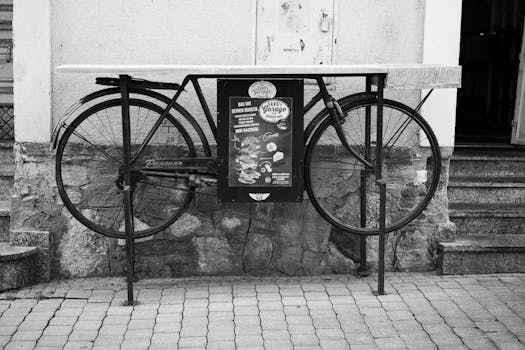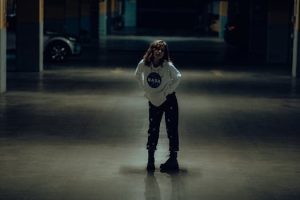Upcycling and DIY: Making Old Clothes New Again
If you’re a lover of fashion, you know that trends come and go faster than you can say “outdated.” And let’s face it, keeping up with the ever-changing fashion industry can be expensive and unsustainable. But what if I told you that there’s a way to stay on trend without breaking the bank or contributing to the detrimental effects of fast fashion? Enter upcycling and DIY – the perfect solution for those looking to revamp their wardrobe while also being environmentally-conscious. In this article, we’ll explore the world of upcycling and DIY and how they can help you turn your old clothes into new, stylish pieces.
The Rise of Fast Fashion
In recent years, the rise of fast fashion has drastically changed the fashion industry. Fast fashion refers to the mass production of inexpensive, trend-driven clothing that is quickly produced and constantly changing. With this constant churn of new styles, many consumers feel the pressure to constantly buy the latest trends, resulting in a throwaway culture where clothes are worn a few times and then discarded.
The issue with fast fashion goes beyond just the excessive use of resources and waste. It also has a negative impact on the environment, with the fashion industry being the second-largest polluter in the world. The production of textiles requires large amounts of water, energy, and chemicals, contributing to water and air pollution. In addition, the majority of clothes end up in landfills, where they can take hundreds of years to decompose, releasing harmful greenhouse gases in the process.
What is Upcycling?
Upcycling is the process of transforming old or unwanted items into new, useful products with a higher value. Unlike recycling, which breaks down materials and turns them into new products, upcycling keeps the original item intact and repurposes it in a creative way. In the case of clothing, this could mean turning a pair of old jeans into a denim skirt or using old t-shirts to create a quilt.
One of the main benefits of upcycling is that it reduces the need for new materials, thus minimizing the strain on natural resources. It also decreases the amount of waste ending up in landfills. Upcycling can also save you money, as you won’t need to purchase new items to keep up with trends.
DIY Fashion
DIY or “do it yourself” fashion is the process of creating or customizing clothing or accessories yourself, rather than buying them from a store. With the rise of social media and online tutorials, DIY fashion has become increasingly popular, and for a good reason. Not only does it encourage creativity and self-expression, but it also allows you to have unique pieces that no one else has.
DIY fashion can involve anything from hand embroidery and fabric painting to altering clothing with sewing and cutting techniques. With a little bit of creativity, you can easily transform plain and worn-out items into stylish and up-to-date pieces. It’s also a great way to make use of old clothes that may not fit you anymore or that you no longer wear.
How To Get Started
Assess Your Wardrobe
The first step to upcycling and DIYing your clothes is to assess your wardrobe and determine which pieces you no longer wear or that could use a little sprucing up. Sort through your clothes and see if there are any items that you can repurpose, such as old t-shirts, jeans, or dresses.
Get Creative
Once you have identified the pieces you want to work with, it’s time to get creative. Take a look at some DIY tutorials online or come up with your own ideas. The possibilities are endless – you can turn a plain t-shirt into a trendy crop top, add patches or embroidery to a denim jacket, or create a statement piece by repurposing different items.
Invest in Basic Sewing Skills
While some DIY projects may not require any sewing, it’s always helpful to have some basic sewing skills under your belt. With some thread, a needle, and some basic sewing knowledge, you can easily fix a hole or a loose button, or even alter a piece to fit you better. You can learn these skills through sewing classes or online tutorials.
Don’t Be Afraid to Experiment
The best part about upcycling and DIY is that there are no rules. Don’t be afraid to experiment and try new things. Some projects may not turn out exactly as you imagined, but that’s part of the fun. And remember, even if it doesn’t turn out perfectly, you still have a one-of-a-kind piece that you can proudly wear.
Conclusion
Upcycling and DIY are great ways to stay stylish without contributing to the negative impacts of fast fashion. Not only does it help the environment and your wallet, but it also encourages creativity and self-expression. So, next time you’re ready to toss out that old t-shirt or jeans, think about how you can transform it into something new and exciting instead.
Remember, small changes can make a big impact, so why not start with your wardrobe? With upcycling and DIY, you can make old clothes new again and do your part in promoting sustainable fashion.








